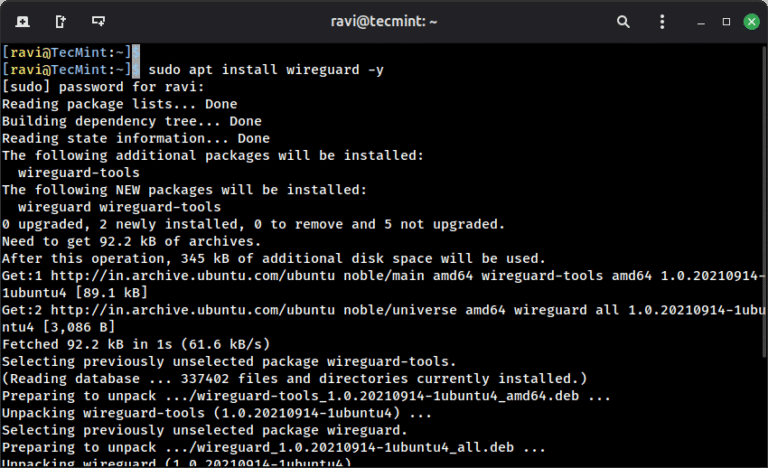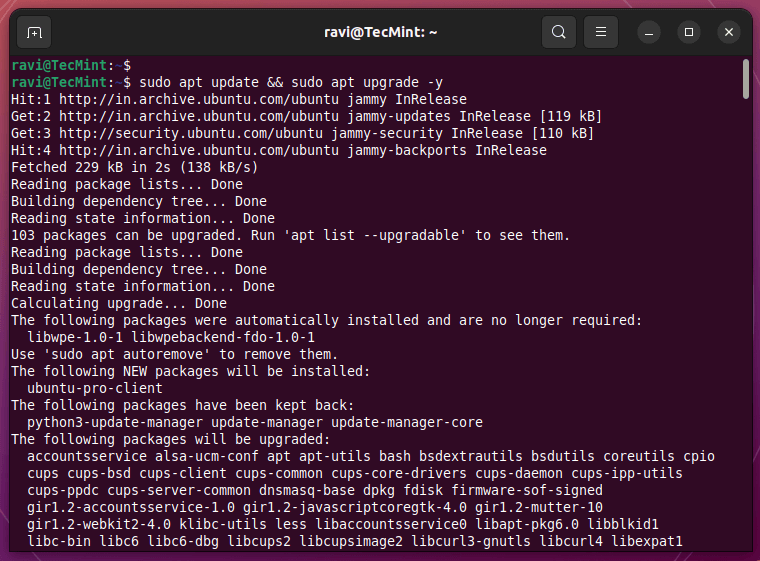For those who are architecting their new web server cluster or multi-dedicated setup, this guide will help you determine the right high availability (HA) requirements.
Having dedicated server clusters comes with various benefits for businesses with websites that get a lot of traffic. Learn some of the key benefits and get up to speed to make an informed decision with your new IT infrastructure.
Understanding Server Clusters
Server clusters offer critical redundancy and information sharing. These assets ensure your website won’t go down or lose essential functions or data. Clustered configurations make horizontal growth scalability much more doable as well.
Clustering servers into multiple groups (or nodes) provides customers with better reliability, optimal load balancing, website and infrastructure scalability, and a higher availability level than they can expect from a single server.
This infrastructure provides several benefits to the business or user. Maintenance is straightforward. With a server cluster, you can take an individual server offline for maintenance or updating without sacrificing overall service continuity. Clustered servers offer resilience and uptime in combination with great performance.
While it can be more expensive to set up dedicated server clustering, losing business to your competitors because of your website or application performance issues is more costly in the long run.
Benefits of Dedicated Server Clusters
Dedicated server clusters provide a wealth of benefits. While the investment in a dedicated server cluster is greater than in a VPS or single dedicated server, the performance, security, and resiliency improvements are difficult to overstate. Consider the following benefits of dedicated server clusters:
- Redundancy: Different server cluster configurations can offer active or passive features, which act as a backup if one server goes down. The passive option will run applications on a dedicated master server. Then a redundant dedicated server can take on those duties if the primary server fails. In active configurations, two-server sets operate applications or services, drawing from a shared database so that each server can assume the other’s duties in the event of system failure.
- Load Balancing: Setting up your servers for maximum speed and performance if you experience significant traffic can require splitting traffic and functions across several server units for the best results. Instead, you can set up each one to have targeted functions, including databases, applications, storage systems, or web servers. By using server clusters, you can improve your services dramatically, scale operations up or down whenever you need, and detect cyberattacks before they cause significant issues and downtime.
- High Availability: Clustering also lowers the risk of single points of failure and system vulnerability. By using dual load balancers, databases, web servers, and redundant network infrastructure, you can keep downtime caused by malfunctions, cyberattacks, repairs, or natural disasters to a minimum when you split your needs among various data centers.
- Improved Storage: Businesses, blogs, charities, and information resources can all benefit from server clusters. As you grow, you will need more than a single dedicated server. By arranging server clusters, it’s easier to expand without experiencing downtime.

The Importance of High Availability
Server uptime and site availability are top priorities for every business. But ensuring reliability is paramount for those that generate revenue from their web presence. Unfortunately, any unexpected downtime comes at a cost, and hardware failure is the most common contributor. Fortunately, it’s also preventable. By adding redundancy to your hardware environment, you can insulate your business — protecting your revenue and reputation
A high availability (HA) hardware environment accomplishes that by assigning a floating IP address and adding a second server (server cluster), data replication to keep them in sync, and a failover mechanism. In the event of a hardware failure, the second server takes over, and your traffic continues to flow with minimal interruption. A high availability solution also makes it possible to perform zero-downtime upgrades.
Determining Your High Availability Requirements
Your business is unique, and your needs are unlikely to be the same as the needs of another company. When considering a multi-dedicated or high availability server setup, give thought to the following:
Performance
Your performance needs will vary greatly depending on your use case. For example, do you have a static website serving moderate, predictable traffic numbers? Or do you have thousands of concurrent logged-in users accessing the system during predictable times?
Your performance needs will have a big impact on your overall investment. Memory and processing power, the two key factors in performance, are where a lot of eventual cost is determined. Therefore, matching your performance needs with your new high availability environment is critical.
Security
Some businesses, like financial services and health care, have different security and compliance requirements than other sectors. Of course, no business wants to leave its infrastructure vulnerable to intrusion, but a higher price is associated with the most robust security.
Make sure to align your security and regulatory requirements with the security posture of your high availability infrastructure. Determining what level of security you need is most often a matter of looking at what data you are storing, how you access and use it, and what sector requirements your business is subject to.
Uptime
If your business is a simple brochure site with low traffic, then a few seconds (or minutes) of downtime once or twice a year probably isn’t the end of the world. But on the other hand, if you are operating an eCommerce store that processes orders around the clock, all day, every day, then even a few moments of downtime can cost you sales, customers, and reputation.
Determining your uptime needs comes down to calculating the business cost (lost revenue, lost customers, degraded customer or employee satisfaction, etc.) in comparison to the cost of avoiding that downtime through a more robust high availability environment.
Scalability
Scalability and uptime combine to form the key component of high availability: the ability to access and utilize the environment as often as possible at the highest possible level of performance.
While uptime is about the resources being online and available, scalability is about adding or removing resources as needed. If a site or application experiences a spike in traffic, how quickly can new resources be deployed or allocated to serve that need? If a site is dormant or experiencing almost no activity, how quickly can unneeded resources be removed so the user isn’t paying for something they aren’t using?
A high availability environment by its very nature should have robust uptime and scalability. Therefore, when determining your needs, factor in if (and when) you might need to scale resources up or down.
Storage
Storage requirements are not as simple as determining how many gigabytes, terabytes, or petabytes your business needs for data. Storage is also a matter of how you store that data, how easily you can access and transfer it from one place to another, and any security requirements you have when it comes to the data itself.
Traditional hard drives are less expensive than solid-state drives, or SSDs, but read and write more slowly. On the other hand, SSDs can be lightning-quick but are more expensive. Choosing the right combination of drive type, size, and configuration is key to getting the most out of your high availability environment.
Management and Maintenance
Who will manage and maintain your infrastructure? Do you have an internal IT team to handle patches, updates, and management of the servers and network devices? Or do you need a third-party or managed hosting provider to help with the maintenance of your high availability server environment?
Budget
When planning your budget for high availability, it’s important to consider all of the factors discussed above.
Uptime, scalability, and storage requirements are all important considerations, and you’ll need to calculate how much downtime or scalability you can afford. You’ll also need to factor in the cost of ongoing management and maintenance and the cost of any additional hardware or software required for a highavailability environment.
A high availability environment can be expensive, but the cost is often worth it for businesses that cannot afford to experience downtime. By carefully planning your budget, you can ensure that you get the most out of your high availability infrastructure.
The Right Infrastructure for Your Business Needs
Depending on the use case, this type of infrastructure investment can be the difference between a business capable of growth and innovation and one stuck looking backward, trying to simply keep their IT environment up and running. However, planning and deploying the right environment for your needs is not to be taken lightly.
The expertise and experience of Liquid Web are here to help you make sure your new high availability environment fits your business needs. To get started and to learn more about dedicated server clustering and how it can benefit you, contact The Most Helpful Humans In Hosting® today.





